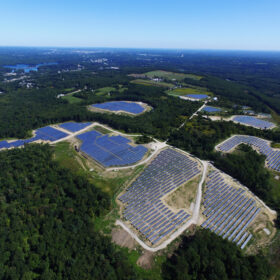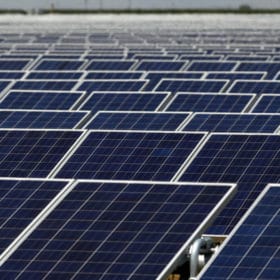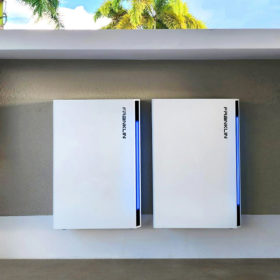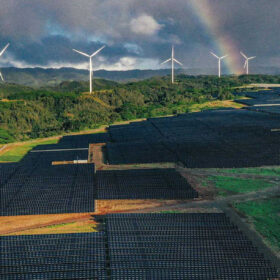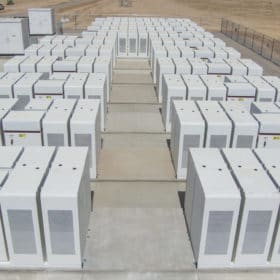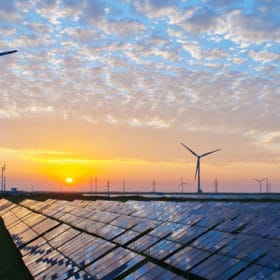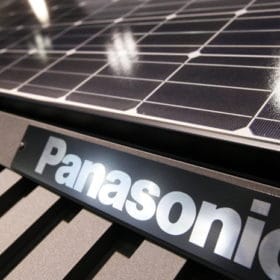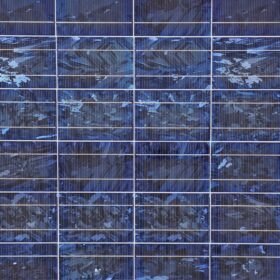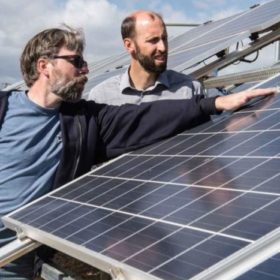MIT scientists develop solar desalinator with high water output
Massachusetts Institute of Technology (MIT) researchers have developed a solar desalinator with high water output, via a multi-stage system of evaporators and condensers. It offers cost-effective solar desalination, making solar-produced drinking water cheaper than tap water for the first time.
Massachusetts can save 4.6 million metric tons of carbon by changing solar development strategy
A report from the Massachusetts Audubon Society highlights the need for alternative development strategies like rooftop solar to preserve the sequestered carbon of forests.
Utility-scale project updates for booming Texas solar market
pv magazine USA shares updates on three projects in the largest solar market in the United States.
Virginia utility’s resource plan needs more solar and storage, says trade group
The trade group Advanced Energy United called on Virginia regulators to reject Dominion Energy’s proposed resource plan because it lowballed renewables and storage. The Sierra Club said 15 GW more solar and 5 GW more storage by 2038 would be optimal.
Sunnova secures $3 billion Department of Energy loan
The agreement will advance Project Hestia, a low-income distributed clean energy program.
Teeing up the “Solar + Decade”
George Hershman, executive chair of SEIA and chief executive of SOLV Energy shares his perspective on aspects of the Inflation Reduction Act one year later.
Global carbon emissions-free electricity reaches 38%
A report from two senior U.S. National Renewable Energy Laboratory researchers shows the march toward an increasingly carbon-free global electricity sector.
U.S. energy storage sets Q2 high water mark with 1.7 GW / 5.6 GWh
Wood Mackenzie said the U.S. market will install 66 GW of storage between 2023 and 2027, 83% of which will be at the grid scale.
U.S. and Canada to spend $12 trillion on renewables and grid by 2050
The intrinsic efficiency of renewables will lower the overall cost of energy from 4% of GDP today to about 2.5% by 2050, said a report from DNV.
Panasonic introduces half-cut HJT residential solar module and more
The company released new modules, a home battery system and energy management device.

